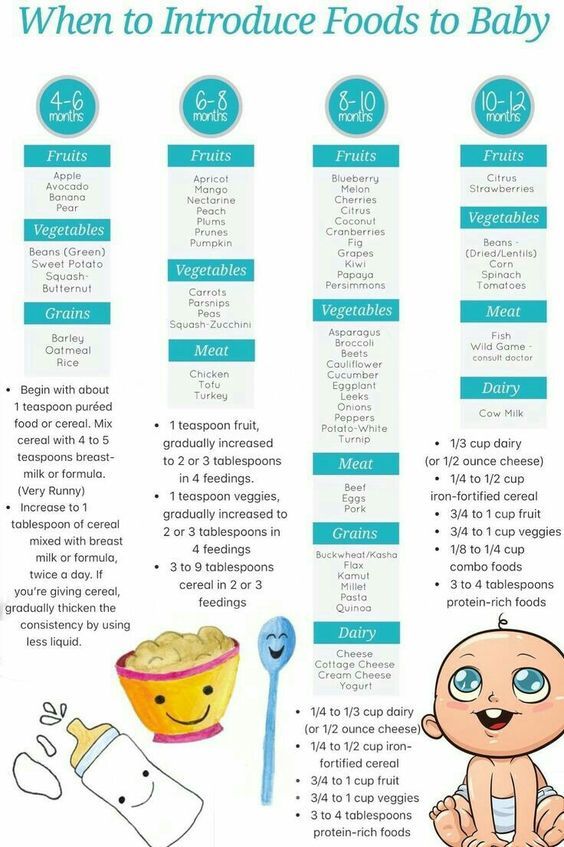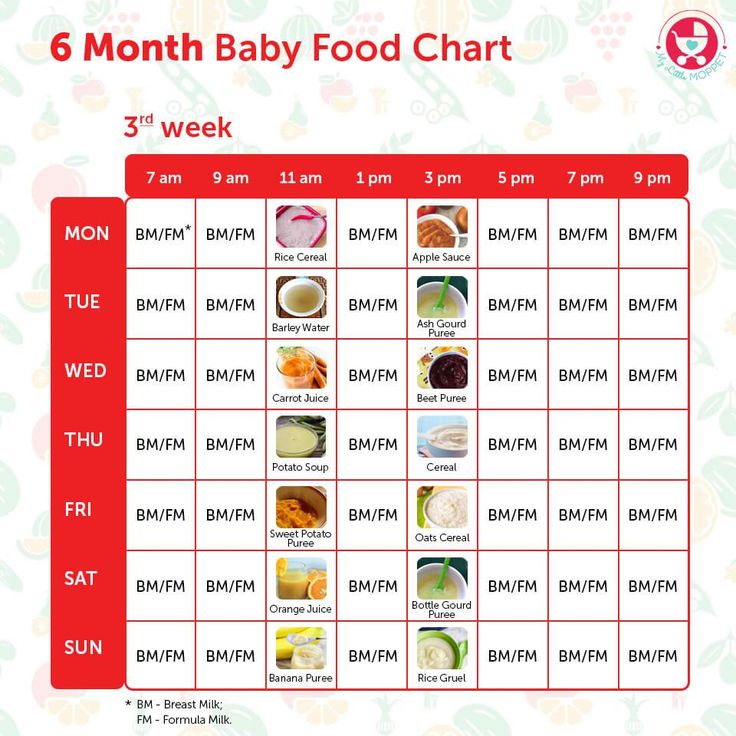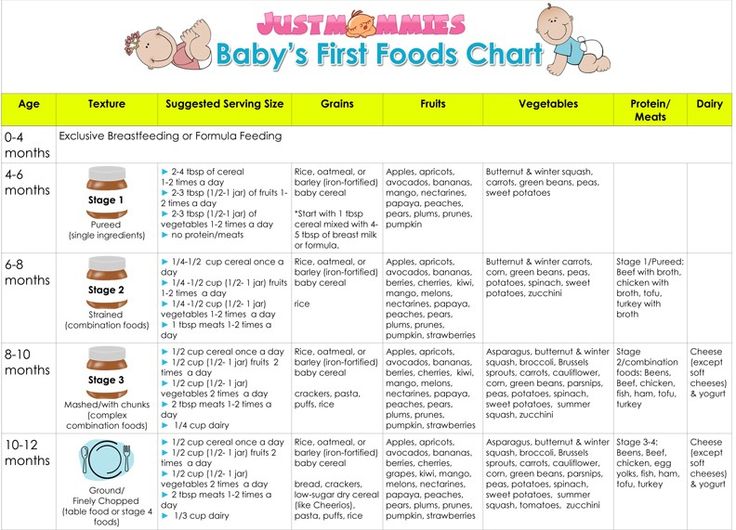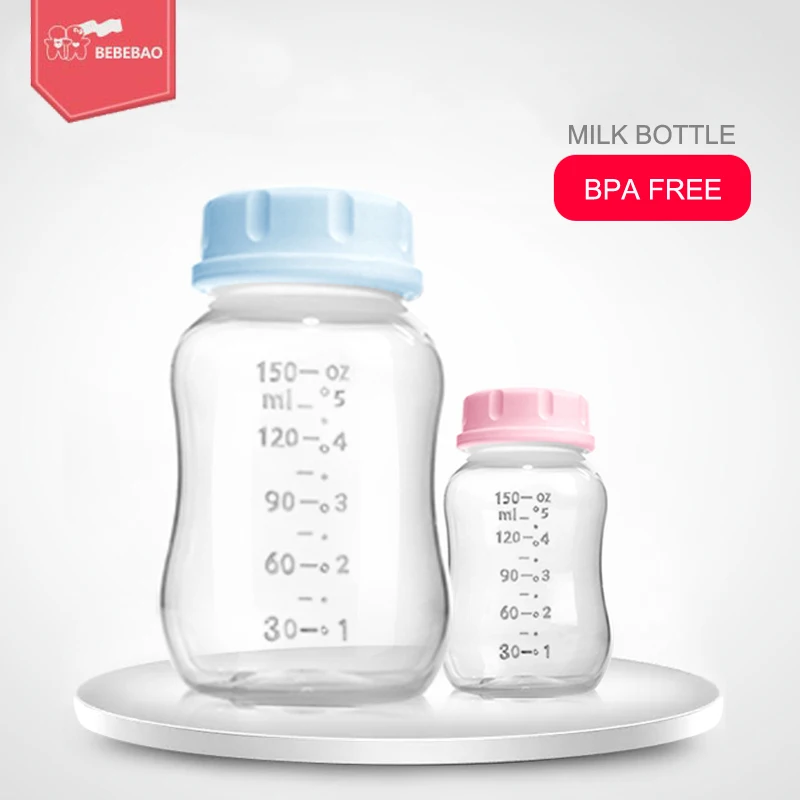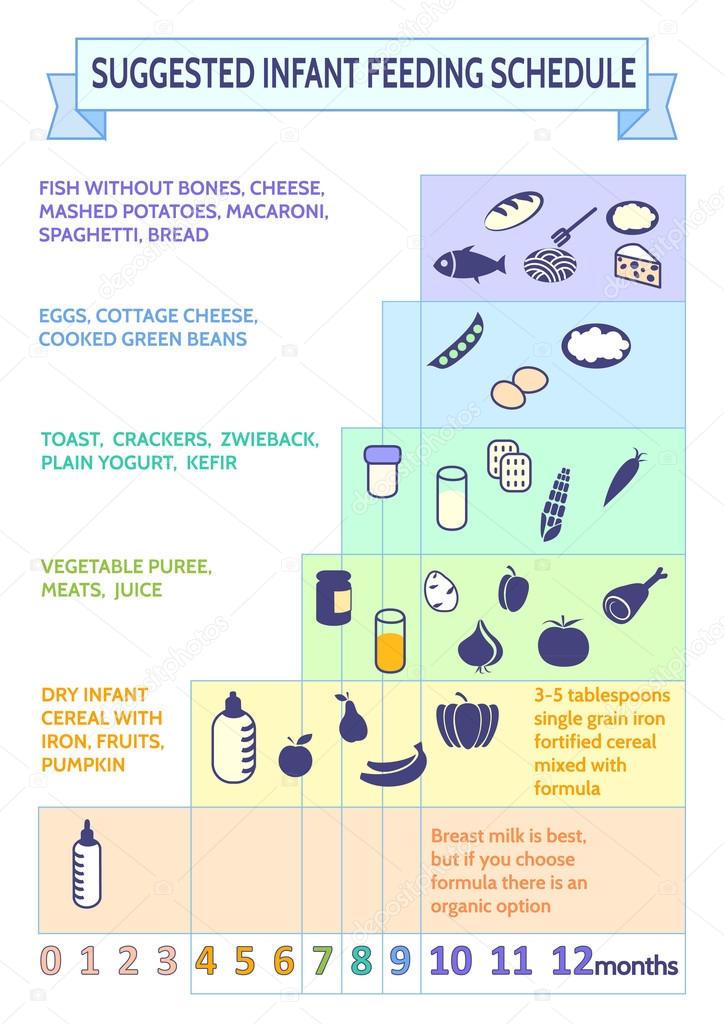Beet baby food combinations
Beets Baby Food (BLW and Puree)
Transform fresh beets into a delicious baby food with this easy method. This works as a baby-led weaning food or as a puree, and it’s easy to make ahead and freeze for future weeks.
Beets Baby Food
Beets are one of our favorite baby food options since they have a unique earthy flavor, and they are easy to prepare and serve. They’re also versatile and can be served as a single puree, a baby food combination, or as a BLW-style baby food.
When my oldest was starting solids, we had a plethora of beets from a local farmer, so we made and froze them in batches for her. She loved them!
Beet Puree
Making beet puree is as easy as boiling beets, removing the skin, and then pureeing smooth. The color is bright and pretty, and the flavor is wonderful. (OK, not everyone likes beets, but it’s awesome to offer such a unique flavor to babies.)
Beets for Baby-Led Weaning
Beets, when boiled until soft, are a great baby-led weaning food. They are soft, easy to hold, and easy to chew. You’ll want to slice them into longer pieces, rather than cube, so they are easy to hold and eat.
Ingredients You Need
To make this baby food, you need:
- Beets: You can use golden or red beets, as they both work. The only difference is the color and that golden beets tend to stain a little less than red ones. To take a shortcut, you can also start with steamed beets from the supermarket. Look for them in the produce section (just be sure they aren’t pickled!)
- Olive oil or butter: This can add some fat and flavor, but it’s optional.
To serve this as a baby food combination, you can mix with Apple Puree, Blueberry Puree, Sweet Potato Puree, Chicken Puree, or Avocado Puree.
Step-by-Step Instructions
Here’s a look at how to make this recipe. Scroll down to the end of the post for the full information.
- Wash and cut off the root and stem ends of the beets. Cut into even slices, leaving the skin on.

- Place into a medium or large saucepan and cover with about 2 inches of water. Simmer until the beets are soft when poked with a fork or paring knife.
- Drain and run under cold water to help them cool down. Remove the skins by rubbing on them gently with your fingers—they should slip off.
- To serve baby-led weaning style: Offer one or two slices at a time to baby to self-feed.
- To puree, add beets to a blender. Blend, starting on low and working up to high. Add 1 tablespoon water at a time to make a smooth puree. Add the olive oil if using.
Serve, or mix with one of the optional flavors to make a baby food combination.
How to Store
Store the puree in airtight containers in the fridge for up to 5 days. Or, freeze in an ice cube tray overnight, transfer to a freezer bag, remove as much air as you can, and freeze for up to 6 months. Thaw 1-2 cubes in a container overnight in the fridge or at room temperature for about an hour.
Find more on how to freeze baby food and my go-to baby food containers.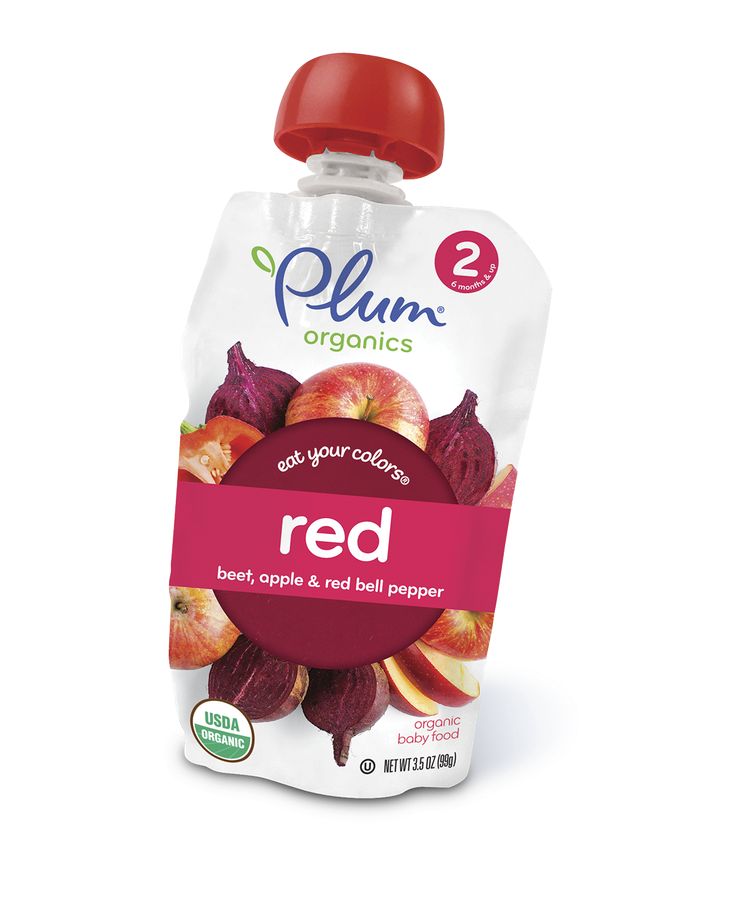
Best Tips for Success
- Cut the beets into similar-sized pieces so they cook at the same speed.
- Leave the peel on and plan to slip it off at the end of cooking. (I find this to be the easiest method.)
- Use red or golden beets.
- Mix with Apple Puree, Blueberry Puree, Sweet Potato Puree, Chicken Puree, or Avocado Puree to make a baby food combination.
- To serve as a BLW-style food, cut into thin, long pieces (about the size of 2 fingers) and cook according to the recipe. Remove the skin, let cool, and serve.
Related Recipes
I’d love to hear your feedback on this recipe if you try it, so please rate and comment below!
Prep Time 5 minutes
Cook Time 25 minutes
Total Time 30 minutes
Author Amy Palanjian
Cuisine American
Course Baby Food
Calories 58kcal
Servings 4 -6
- ▢ 1 pound red or golden beets
- ▢ 1 teaspoon olive oil (optional)
Wash and cut off the root and stem ends of the beets.
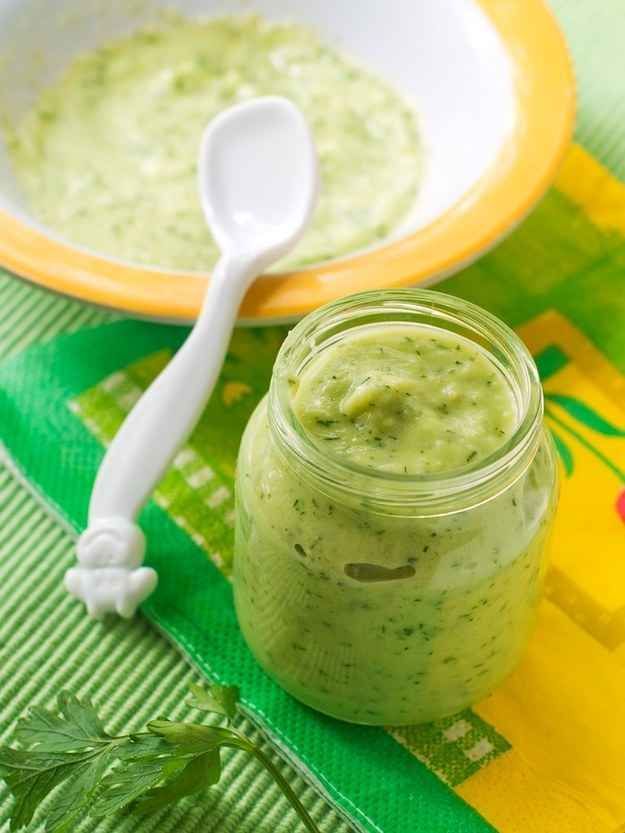 Cut into even slices, about 1 inch thick, leaving the skin on. Place into a medium or large saucepan and cover with about 2 inches of water.
Cut into even slices, about 1 inch thick, leaving the skin on. Place into a medium or large saucepan and cover with about 2 inches of water.Bring to a boil over high heat, then reduce to medium to simmer rapidly. Cook for about 20-30 minutes or until the beets are soft when poked with a fork or paring knife. Remove from heat.
Drain and run under cold water to help them cool down enough to handle them. Remove the skins by rubbing on them gently with your fingers—they should slip off.
To serve baby-led weaning style: Offer one or two slices at a time to baby to self-feed.
To puree, add beets to a blender. Blend, starting on low and working up to high. Add 1 tablespoon water at a time to make a smooth puree. Add the olive oil if using.
Serve, or mix with one of the optional flavor combinations to make a baby food combination.
Calphalon 5-Quart Pot
Cutting Board
Storage Containers
- Store the puree in airtight containers in the fridge for up to 5 days.
 Or, freeze in an ice cube tray overnight, transfer to a freezer bag, remove as much air as you can, and freeze for up to 6 months. Thaw 1-2 cubes overnight in the fridge in a container or at room temperature for about an hour.
Or, freeze in an ice cube tray overnight, transfer to a freezer bag, remove as much air as you can, and freeze for up to 6 months. Thaw 1-2 cubes overnight in the fridge in a container or at room temperature for about an hour. - Cut the beets into similar-sized pieces so they cook at the same speed.
- Leave the peel on and plan to slip it off at the end of cooking. (I find this to be the easiest method.)
- Use red or golden beets.
- Mix with Apple Puree, Blueberry Puree, Sweet Potato Puree, Chicken Puree, or Avocado Puree to make a baby food combination.
- To serve as a BLW-style food, cut into thin, long pieces (about the size of 2 fingers) and cook according to the recipe. Remove the skin, let cool, and serve.
Serving: 0.25cup, Calories: 58kcal, Carbohydrates: 11g, Protein: 2g, Fat: 1g, Saturated Fat: 0.2g, Polyunsaturated Fat: 0.2g, Monounsaturated Fat: 1g, Sodium: 88mg, Potassium: 369mg, Fiber: 3g, Sugar: 8g, Vitamin A: 37IU, Vitamin C: 6mg, Calcium: 18mg, Iron: 1mg
Tried this recipe?Rate in the comments and tag @yummytoddlerfood on IG!
14 Yummy Beet Recipes For Your Baby
Make these healthy vegetables into tasty dishes your little one will enjoy.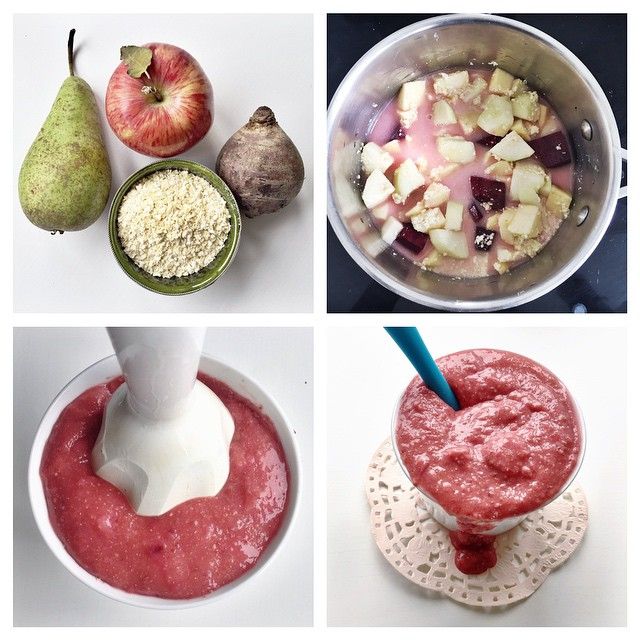
Research-backed
MomJunction believes in providing reliable, research-backed information to you. As per our strong editorial policy requirements, we base our health articles on references (citations) taken from authority sites, international journals, and research studies. However, if you find any incongruencies, feel free to write to us.
Image: Shutterstock
If your baby has recently transitioned from exclusively nursing to eating solid meals, you should be happy for your baby to try different food. Beetroots for babies can be one of the good first foods to try. Read the post to learn various healthy and tasty beet recipes for babies.
When your baby begins to eat solids, you need to gradually increase the number of meals while supplementing with breastmilk or formula. You should also ensure that all recipes are baby-friendly and opt for nutritious ones amidst several food choices. This post discusses the benefits of beetroot for babies and some easy beet recipes for your baby.
Health Benefits Of Beets
The natural sweetness of beets is well preferred by babies and they can serve as great finger food too. Beets play a prominent role in imparting overall health of your baby. Here are some beetroot health benefits for babies you should know:
- Overall health: Beets may reduce the risk of developing diseases such as night blindness, glossitis, beriberi, and jaundice as they are full of minerals and vitamins such as vitamin A, calcium, folate, magnesium, potassium, and more (1). They also contain lipids and proteins.
- Boost immunity: Antioxidants present in beets boost the immune system.
Quick fact
Red beets contain betalains, a type of pigment that gives beets their peculiar red-violet color and confers antioxidant and anti-inflammatory properties (2).
- Help digestion: Fibre-rich beets ease the digestion process. It keeps constipation at bay and soothes a troubled digestive system.
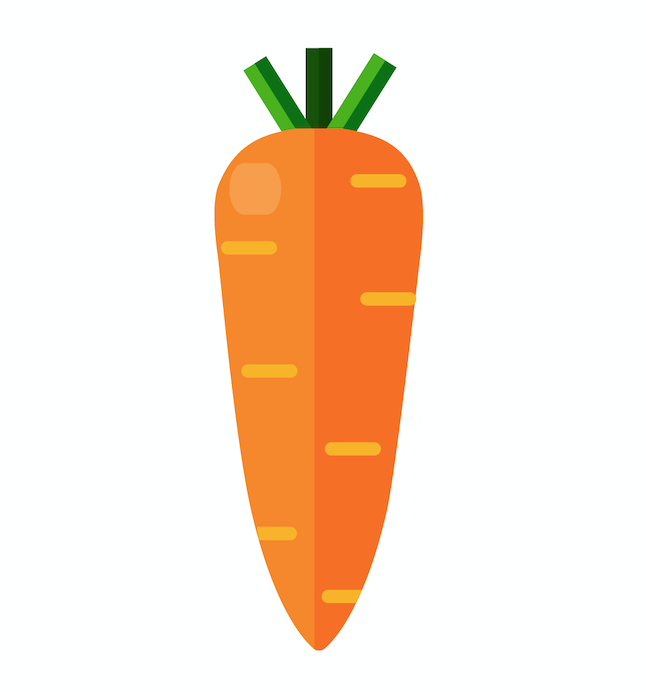
- Brain activity: As beetroot is a good source of iron, it lessens the risk of anemia and aids in brain development the during early months. It promotes blood circulation in the brain and increases activity. Betaine, a substance present in beets, tends to relax the baby’s mind and enhance the little one’s mood.
- Natural cleanser: Beets act as natural cleansers especially for organs such as the gall bladder and kidneys.
Related: 10 Best Foods To Relieve Baby Constipation And Recipes To Try
Nutritional Value Of Beets
| Nutrient | Unit | Value per 100 g |
|---|---|---|
| Water | g | 87.06 |
| Energy | kcal | 43 |
| Protein | g | 1.61 |
| Total lipid (fat) | g | 0.17 |
| Carbohydrate, by difference | g | 9.56 |
| Fiber, total dietary | g | 2. 8 8 |
| Sugars, total | g | 6.76 |
| Calcium, Ca | mg | 16 |
| Iron, Fe | mg | 0.79 |
| Magnesium, Mg | mg | 23 |
| Phosphorus, P | mg | 40 |
| Potassium, K | mg | 325 |
| Sodium, Na | mg | 78 |
| Zinc, Zn | mg | 0.35 |
| Vitamin C, total ascorbic acid | mg | 4.9 |
| Vitamin A, IU | IU | 35 |
| Vitamin E (alpha-tocopherol) | mg | 0.04 |
| Vitamin D (D2 + D3) | µg | 0 |
| Cholesterol | mg | 0 |
Source: https://fdc.nal.usda.gov/fdc-app.html#/food-details/169145/nutrients
When To Introduce Beetroot For Babies?
The ideal and the recommended period to introduce beets to your baby is between eight and ten months, as they are higher in natural nitrates than other vegetables.
However, guidelines vary around the world when it comes to the introduction of beetroots. In the UK, beets are often included in babies’ diet from six months of age.
Add beets to your little one’s diet once she has had a taste of a few yellow and green vegetables. Serve not more than one to two teaspoons of beets to babies less than a year old, as nitrates cannot easily be digestible and can cause a condition called ‘baby-blue syndrome’ or methemoglobinemia. You can increase the intake after the baby turns one.
Avoid beets if your baby has diarrhea, as they have a mild laxative effect.
Consult your doctor before introducing them, if your baby suffers from gastroesophageal reflux disease (GERD).
Some pediatricians suggest not to feed fresh beet puree to babies and instead go for canned beet puree because of high nitrate levels in fresh ones. Beetroot allergy is rare. However, check with the doctor before you try it on your little one.
Note: Do not be alarmed if your baby’s poop is pink in color. It is normal after a meal containing beets.
It is normal after a meal containing beets.
Point to consider
Read product labels carefully when buying pre-cooked or frozen beet. Pick products that are low in sodium and have no added sugar. Rinsing beet before use may help remove added sodium.
Related: Causes Of Diarrhea In Babies, Treatment And When To Worry
How To Select Beets For Homemade Baby Food?
Beets are available all through the year, while the peak season is June through October. They do not fall under the ‘dirty dozen’ foods contaminated with pesticides. But if desired, you can purchase organic beets.
Pick fresh ones for homemade baby food. Select medium-sized beets over large beets as they are more tender and tasty. Opt for beets that are less than three to four-inch diameter, unblemished, unbroken, or unbruised. Go for beets with green, leafy tops (whenever possible). Wash the beets thoroughly before use.
How To Store Beets?
Store beets in a refrigerator after removing the leaf tops. Put them in a freezer bag or an airtight container and place in the veggie crisper or far back of the fridge. They remain fresh for a week, if stored well.
Put them in a freezer bag or an airtight container and place in the veggie crisper or far back of the fridge. They remain fresh for a week, if stored well.
How To Cook Beets For Baby?
The best method to cook beets for babies is by steaming or boiling. Baking is also an easy way to cook beets. Steamed beets are easier to make into puree and have Vitamin A beta carotene readily available to be absorbed by the baby’s body. Cooking can significantly reduce the nitrates in raw beets.
Rinse the beets thoroughly, remove greens, peel the skin (or peel the skin after cooking) and dice it into small pieces. Then start cooking:
- Boil water in a medium saucepan.
- Add beet slices and cook them until tender (for nearly 15 minutes).
- Drain the beets. To stop the cooking process, rinse them under cold water.
- Puree the cooked beets in a blender until smooth. Add water if required.
If you prefer to bake the beets, just wrap the slices in foil and cook for an hour at 360ºF or 180ºC.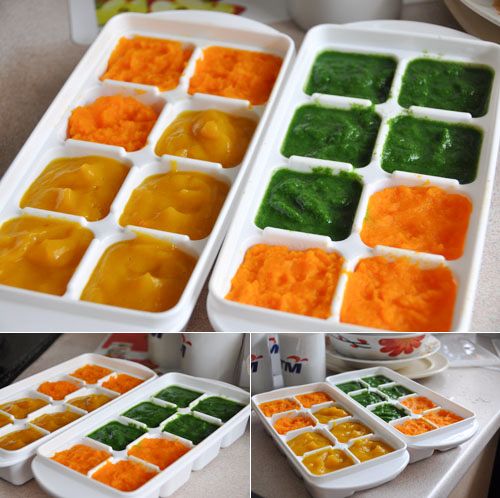
Serve beet purees mixed with raisins, applesauce, sweet potatoes, chicken, brown rice, etc. Typically around ten months, your baby will be ready for finger foods, and then you may serve small cooked pieces of beets.
You may refrigerate beet puree leftovers for three days in BPA-free containers. However, it is advisable to give freshly prepared food to babies.
Discard the cooking water from boiling beetroot as nitrates may have got into the water during the cooking process.
Related: Raisins For Babies: Benefits, Side Effects, And Ways To Include In Diet
Quick Beetroot Recipes For Babies
Some of the quick beetroot recipes are discussed below. Have fun while you try them out for your baby.
1. Purple Potatoes
Image: iStock
You will need:
- 2 medium sized beets
- 1 medium sized carrot
- 2 potatoes
- water
How to:
- Wash and peel the carrot, beets, and potatoes.
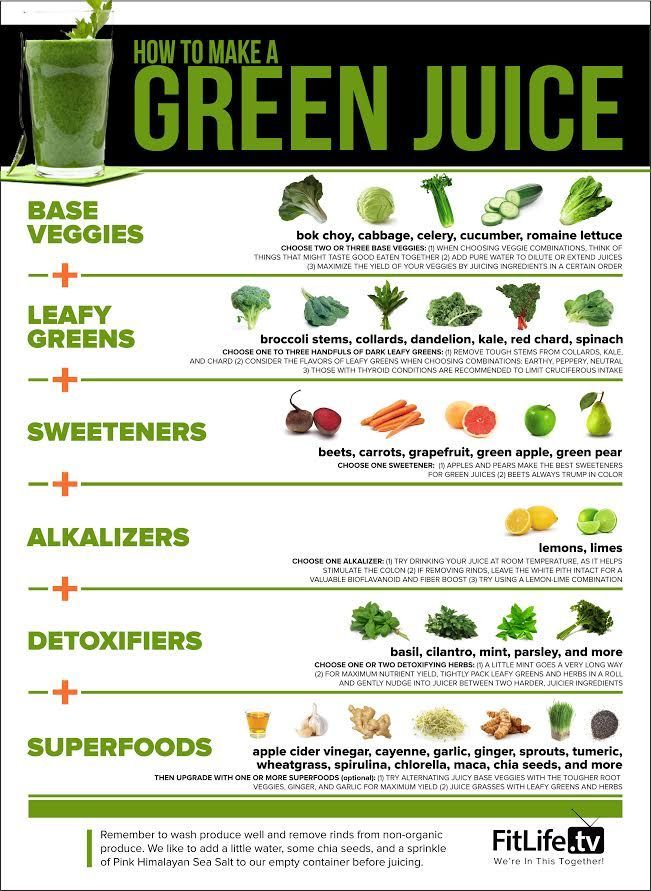 Cut them into slices.
Cut them into slices. - Steam or boil them in water until tender. Once cooked, make a smooth puree out of it in a food processor. Add salt for taste.
2. Roasted Beet Shapes
Image: Shutterstock
You will need:
- 5 beets (medium sized)
- 1 tbsp olive oil
How to:
- Clean the beets, peel, and slice them.
- Brush olive oil on the beet slices and put them on a baking sheet.
- Bake them at 350ºC for around ten to 20 minutes.
- Sprinkle a pinch of salt before serving.
Quick tip
To prepare this recipe, cut beet into two-inch thick slices that the baby can grasp and hold easily to practice self-feeding. Serve it with delectable dips such as hummus to make the overall meal nutritious.
Related: 6 Key Benefits Of Using Olive Oil For Babies
3. Beetroot Rice Casserole
Image: iStock
You will need:
- 2 cups beets slices (cooked)
- 3 cups brown rice (cooked)
- 1 small onion (optional)
- 1 cup shredded chicken (cooked)
- 1/2 cup chicken broth
- 1/4 cup whole milk or yogurt
- 3 egg yolk
- Spices if needed
How to:
- Mix rice, beets, onion, chicken in a bowl.
 Add milk and egg yolks.
Add milk and egg yolks. - Apply olive oil or cooking spray in a two-quart casserole dish and evenly spread the mixture in a dish.
- Bake for one hour at 350º.
4. Mashed Turnip & Beets
Image: Shutterstock
You will need:
- 1 large turnip (diced)
- 4 beets
- spices (for taste/ optional)
How to:
- Put the beet in a pan containing boiling water and cover.
- Steam the beets until tender and place the both in a bowl and mash. Add spices if desired.
5. Beetroot Soup for Babies
Image: Shutterstock
You will need:
- 3 beets (peeled and diced)
- 1 potato (diced)
- 1 small onion (chopped/optional)
- 16 fl oz (2 cups) homemade vegetable broth/stock.
- 2oz (1/4 cup) yogurt
How to:
- Add all the ingredients in a saucepan (except yogurt).
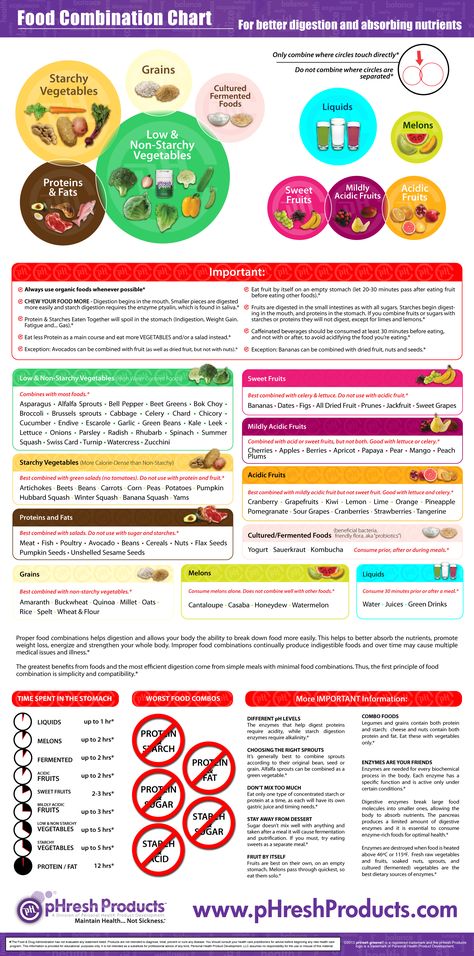 Add water and bring to a boil.
Add water and bring to a boil. - Allow the veggies to cook until they turn tender and make a puree later.
- Add in fresh yogurt and serve.
6. Gourmet Beet Puree
Image: Shutterstock
You will need:
- 2 beets (cooked)
- 1/2 small onion (chopped/ optional)
- ground nutmeg (pinch)
- 2 tbsp homemade applesauce
How to:
- Add oil in a pan. Saute onions until tender.
- Add beets, onion, applesauce, and nutmeg into a blender to make a puree.
Note: Cooked carrots can be used instead of onion in your baby food recipes if you do not want to add them.
7. Cheesy Beet Bites
Image: Shutterstock
You will need:
- 1 bread slice
- 1/4 cup cooked beetroot slices
- 1 tsp cheese
How to:
- Toast a bread piece. Cover with a layer of cooked beetroot slices.

- Top with cheese and grill.
Related: Cheese For Babies: When To Introduce, Benefits And Recipes
8. Baby’s Beetroot Mash
Image: Shutterstock
You will need:
- 2 beetroot (peeled and chopped)
- 1 apple (peeled and chopped)
- 1 potato (peeled and chopped)
How to:
- Steam all three ingredients until tender (add apple at the end).
- Mash the ingredients to make the beetroot puree for your baby.
Quick tip
Add herbs and spices such as cinnamon, nutmeg, oregano, thyme, and basil to enhance the recipe’s palatability and nutritional value.
9. Carrot Beetroot Puree
Image: Shutterstock
You will need:
- 1/2 cup carrot (chopped)
- 1/2 cup Beetroot (peeled and chopped)
How to:
- Cook carrot and beetroot in water. Add salt for taste.

- Blend them together to make a puree.
10. Beetroot Carrot Soup
Image: Shutterstock
You will need:
- 1/2 cup carrot (chopped)
- 1/4 cup Beetroot (peeled and chopped)
- 1 cup water
How to:
- Add carrot, beetroot, and water into a pressure cooker. Mix well and cook for two whistles.
- Allow it to cool and blend until smooth. Strain the mixture with the help of a strainer.
- Transfer the mixture to a pan and boil. Keep stirring intermittently. Cool and serve.
11. Apple Beetroot porridge
You will need:
- 1 beetroot (peeled, grated)
- 1 apple (grated)
- little fresh ginger (grated)
- ¼ cup oats
- ½ cup milk
How to:
- Mix all the ingredients in a pan and cook for five minutes.
- Keep stirring until the veggies turn soft.
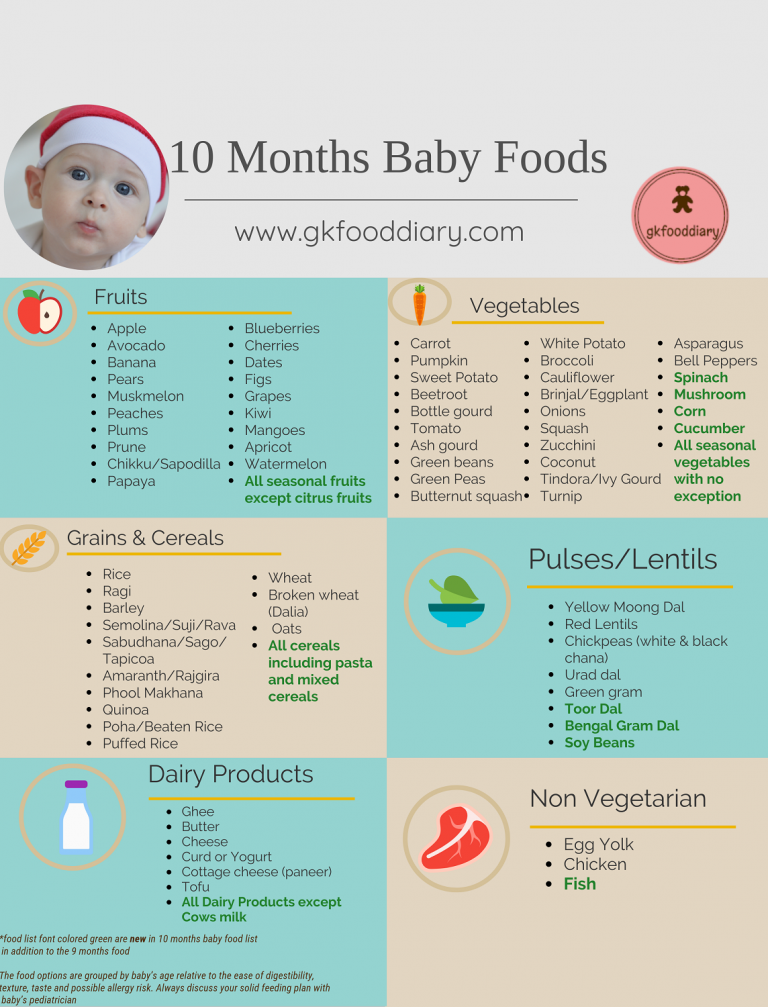 Add more milk to the beetroot porridge if needed.
Add more milk to the beetroot porridge if needed.
12. Beetroot Halwa with Dates
Image: Shutterstock
You will need:
- 1 beetroot (peeled, chopped)
- 10 dates
- 2 tsp ghee
- water
How to:
- Cook the beetroots in a steamer or pressure cooker with water.
- Take away the seeds from dates and cook in water until they turn soft. This may take about five minutes.
- Blend the cooked beets and dates together.
- Pour ghee in a pan, heat it and add the mixture to this.
- Saute till the raw smell vanishes and cover the pan for around 10 minutes.
- Stir occasionally. Put off the flame when it turns thick.
Note: Offer not more than three spoons for babies. Add formula or breast milk to get the desired consistency.
13. Beetroot Risotto
Image: Shutterstock
You will need:
- 1/2 onion (chopped)
- 1/2 garlic clove (finely chopped)
- 125g risotto rice (cooked)
- 2tbsp olive oil
- 250g fresh beetroot (cooked)
- 425ml vegetable stock
- 1tbsp grated parmesan cheese
- 2tbsp cream cheese
How to:
- Preheat the oven at 180ºC.

- Heat the olive oil in a pan, add garlic and onion and cook for five minutes.
- Add rice to the pan and stir well. Pour half the stock and let it cook for five minutes.
- Pour remaining stock, stir, and place in the oven. Cook for 15 minutes.
- Make the beetroot puree. Stir in cream, parmesan, and beet puree to the risotto.
- Whizz once again to make a puree.
14. Pomegranate and Beetroot juice
Image: iStock
You will need:
- 1 beetroot (peeled, cut, steamed)
- 1 bowl pomegranate seeds
How to:
- Blend steamed beetroots and pomegranate seeds in a blender.
- Strain through a fine sieve before serving. .
1. Does beetroot cause constipation in babies?
No. Beetroots help promote digestion and benefit the baby’s overall digestive health, decreasing the chances of constipation.
2. Do beets cause gas in babies?
There is no conclusive evidence that indicates beetroots can cause gas in babies.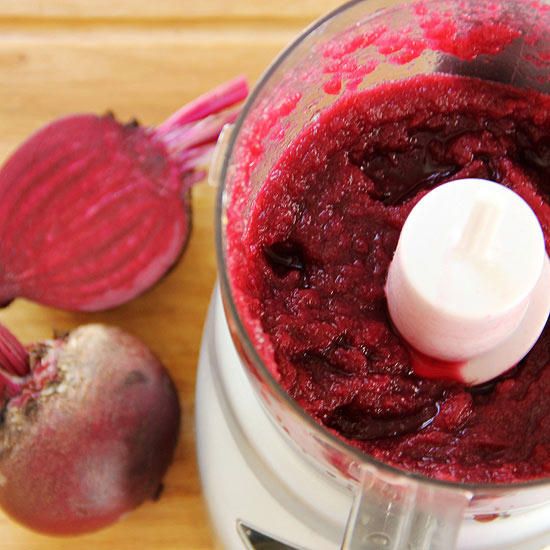
3. Can beetroot cause black stool in babies?
The food a baby eats can affect their poop color. The consumption of beetroot may lead to a dark or blackish stool in babies, and it is nothing to worry about. However, if the poop appears black even when the baby hasn’t eaten beetroot, and the baby shows signs of discomfort, consult a pediatrician.
Beetroot is a highly nutritious vegetable that you can safely include in your baby’s diet. Due to its nutritional composition, beetroot offers numerous health benefits, such as improved immunity and digestion. So if you’re introducing solid food to your baby, go ahead and try these delicious and easy recipes of beetroot for babies. Serve it as a snack to curb their hunger pangs or as filling meals. However, ensure not to exceed the recommended amount per day and consult your child’s doctor in case of any adverse reactions.
References:
MomJunction's articles are written after analyzing the research works of expert authors and institutions.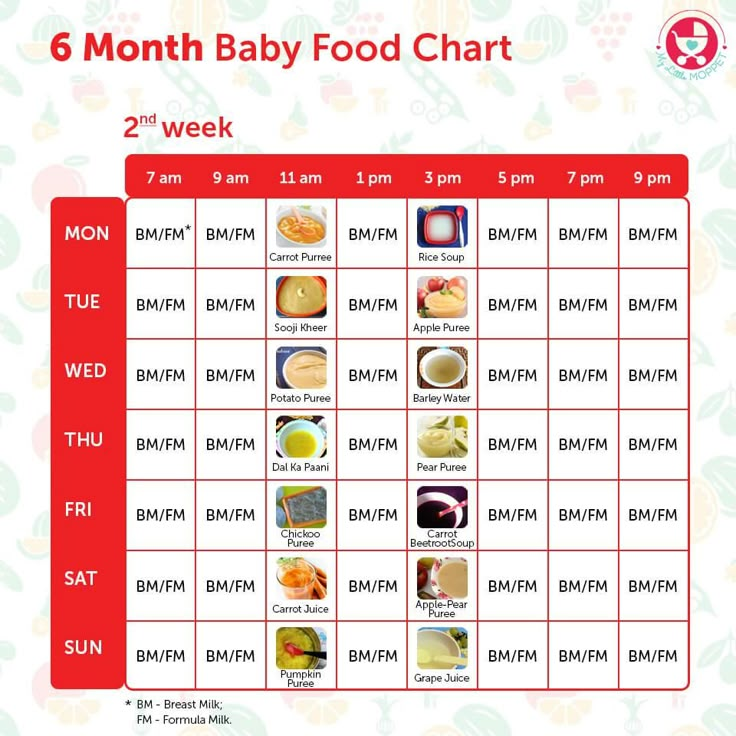 Our references consist of resources established by authorities in their respective fields. You can learn more about the authenticity of the information we present in our editorial policy.
Our references consist of resources established by authorities in their respective fields. You can learn more about the authenticity of the information we present in our editorial policy.
- 10 Healthy Reasons to Brighten Your Meals with Beets.
https://foodrevolution.org/blog/benefits-of-beets/ - 5 Health Benefits of Beets.
https://health.clevelandclinic.org/the-health-benefits-of-beets/
The following two tabs change content below.
- Reviewer
- Author
Swati Patwal is a clinical nutritionist, a Certified Diabetes Educator (CDE) and a toddler mom with over eight years of experience in diverse fields of nutrition. She started her career as a CSR project coordinator for a healthy eating and active lifestyle project catering to school children. Then she worked as a nutrition faculty and clinical nutrition coach in different...
View Profile ›
Jyoti Benjamin has 25 years of experience as a clinical dietitian and currently works in Seattle.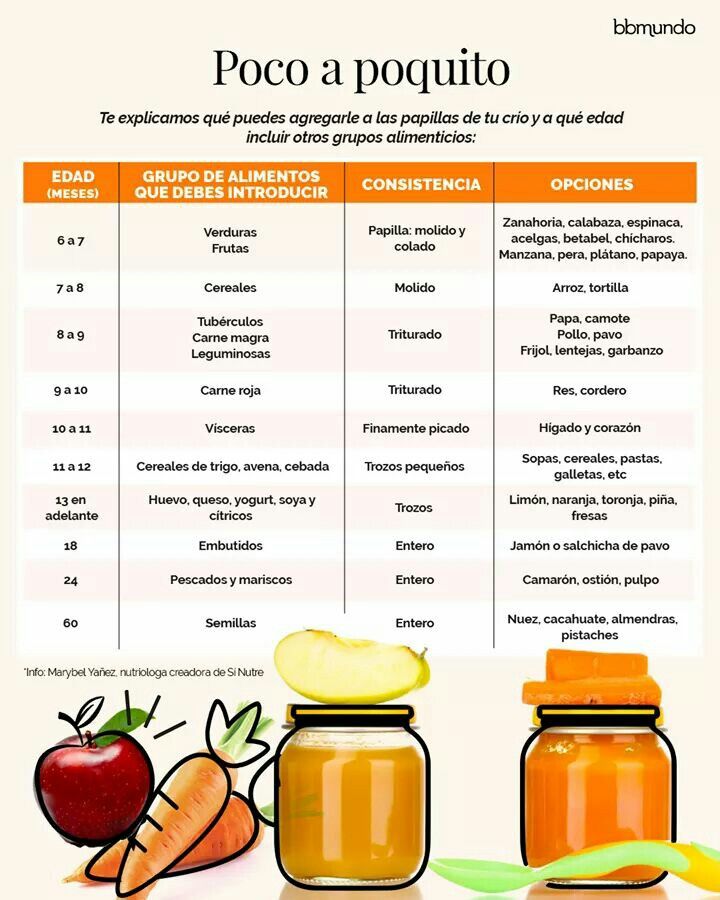 She focuses on teaching people the value of good nutrition and helping them lead healthy lives by natural means. Benjamin has a masters in Foods and Nutrition, and has been a longtime member and Fellow of AND (Academy of Nutrition and Dietetics) and the...
She focuses on teaching people the value of good nutrition and helping them lead healthy lives by natural means. Benjamin has a masters in Foods and Nutrition, and has been a longtime member and Fellow of AND (Academy of Nutrition and Dietetics) and the...
View Profile ›
How Much Sugar In Pregnancy Is Too Much And Its Effects
How Much Sugar In Pregnancy Is Too Much And Its Effects
26 Foods To Avoid During Pregnancy
26 Foods To Avoid During Pregnancy
Chia Seeds During Pregnancy: Safety, Health Benefits And Side Effects
Chia Seeds During Pregnancy: Safety, Health Benefits And Side Effects
12 Possible Benefits Of Drinking Coconut Water In Pregnancy
12 Possible Benefits Of Drinking Coconut Water In Pregnancy
Papaya For Babies: Safety, Benefits, Side Effects and Recipes
Papaya For Babies: Safety, Benefits, Side Effects and Recipes
Is It Safe To Eat Sausage During Pregnancy?
Is It Safe To Eat Sausage During Pregnancy?
4 Common Causes Of Food Aversions During Pregnancy
4 Common Causes Of Food Aversions During Pregnancy
Lemon For Babies: When To Introduce, Benefits And Side Effects
Lemon For Babies: When To Introduce, Benefits And Side Effects
10 Health Benefits Of Eating Apples During Pregnancy
10 Health Benefits Of Eating Apples During Pregnancy
At what age can beetroot and beetroot juice be given to a child?
Beetroot and beetroot juice: when to introduce into the child's diet?
Beetroot is a vegetable that is very beneficial for the body.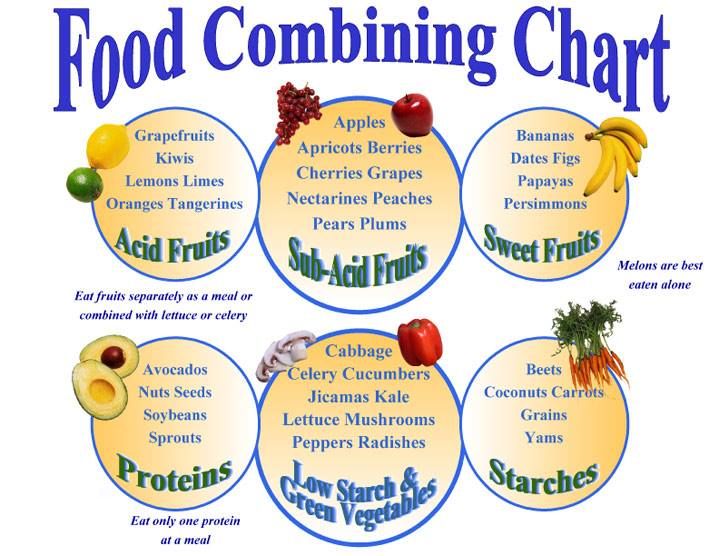 It must be present in baby food. But from what age, in what quantities to give beets, how to cook it for a baby, and is it possible to squeeze juice from a root crop? The article will help to understand all the important issues regarding the inclusion of beets in the children's menu.
It must be present in baby food. But from what age, in what quantities to give beets, how to cook it for a baby, and is it possible to squeeze juice from a root crop? The article will help to understand all the important issues regarding the inclusion of beets in the children's menu.
Contents
Benefits of beets for the body
Most nutritionists advise eating beets and beet dishes regularly. This vegetable has a positive effect on digestion, and that’s all thanks to its rich composition. The main beneficial effects of the root crop are as follows:
- Due to the vast amount of vitamins in the composition of the beet pulp, its consumption in food will have a good effect on the development of the baby - both mentally and physically. Also, the product will help to function normally to all internal organs and systems. nine0020
- The root crop contains a sufficient amount of minerals - iodine and iron, and this is the prevention of anemia and iodine deficiency.
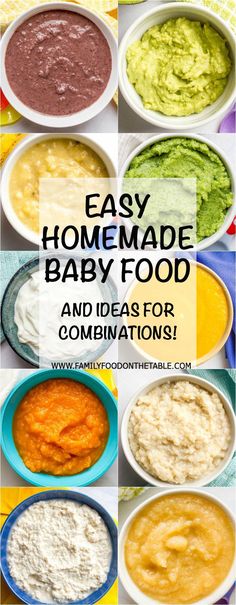
- In addition to these trace elements, beets contain other minerals and salts of minerals, so the product will have a positive effect on metabolism.
- Eat beetroot regularly, it will strengthen the walls of blood vessels, contribute to the good functioning of the hematopoietic organs, and reduce nervous excitability.
- The child's immune system will work more smoothly after eating beets, because the vegetable has immunomodulatory and antioxidant properties. nine0020
- If a child is given light beet salads or mashed potatoes, then he will not have problems with the intestines, the main of which at a tender age is constipation.
- Beetroot is very useful for the liver, it is a natural hepatoprotector, which is important for any person.
Does the root crop have harmful properties?
- If the beets are not grown in an ecologically clean place without the use of herbicides and soil improvers, then there is a possibility that they contain harmful impurities.
 A vegetable tends to take salt, nitrates, and other substances from the soil that are not at all necessary for the child's body. Therefore, a large amount of beets can adversely affect the functioning of the kidneys. nine0020
A vegetable tends to take salt, nitrates, and other substances from the soil that are not at all necessary for the child's body. Therefore, a large amount of beets can adversely affect the functioning of the kidneys. nine0020 - Beets can lower blood pressure. If for many adults with vascular and heart diseases this property of beets will only benefit, then it can harm babies.
- If a child is prone to diarrhea, then eating beets is often contraindicated for him.
Beet consumption must be moderate, not uncontrolled, otherwise you can achieve unpleasant effects!
At what age can you give a baby?
Only after the child has already had other vegetables on the menu (zucchini, pumpkin, potatoes, broccoli, cauliflower, carrots), they begin to introduce beets into his diet. If no allergic reactions were noted, there is no tendency to allergies, then the age of introduction of beets is 8-9 months . If the baby is allergic, he is diagnosed with diathesis, then you will have to forget about beets for up to a year (at least).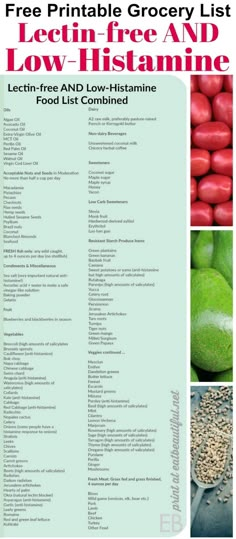
If the child does not have allergies and has problems with stool, intestinal motility is reduced, then this may be the basis for introducing the root vegetable into the menu after 6 months. It is strictly forbidden to make this vegetable the first meal of complementary foods - it will be very difficult for an organism not accustomed to plant foods to absorb a product with a lot of fiber! nine0007
In general, earlier than 8 months, the introduction of beets is permissible only to bring the stool back to normal.Beets and constipation: does it really save you from the problem?
YES, it helps. The vegetable contains a lot of fiber - a type of carbohydrate, which, for the most part, is not digested in the intestines, but helps to carry out normal digestion. As a result of the inclusion of beets in the menu, there is an increase in intestinal motility, it pushes out stagnant feces and eliminates constipation. From vekla eliminates constipation and is an excellent prevention, so you must eat it!
Can beets cure a runny nose? How to make drops?
It may seem strange, but beetroot juice is good for treating rhinitis (runny nose).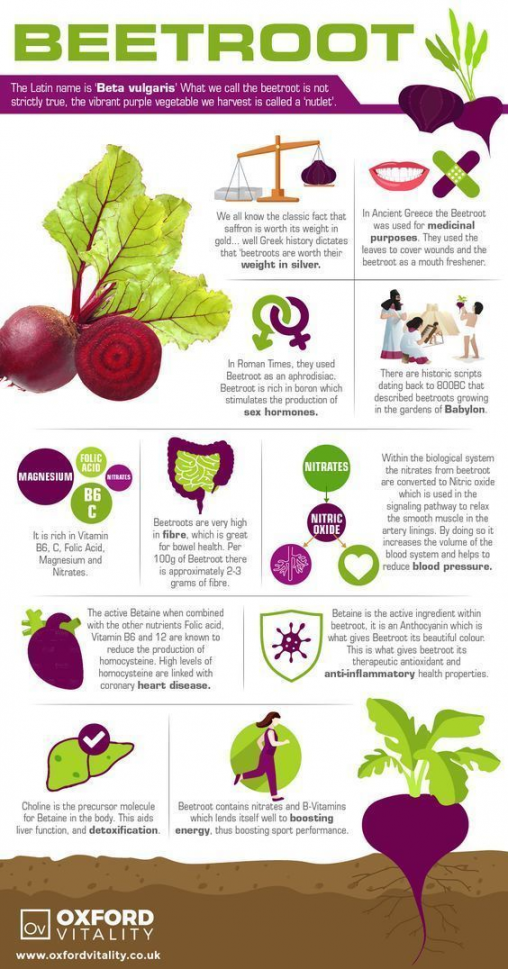 For this purpose, use the juice of raw or boiled vegetables. Drops are prepared as follows:
For this purpose, use the juice of raw or boiled vegetables. Drops are prepared as follows:
- Wash the beets, grate them;
- Squeeze the juice from the grated root crop with gauze;
- Dilute juice with water (take water and juice equally 1 to 1)
- Drip into the baby's nose 2 drops 4 times a day.
This prescription is suitable for infectious rhinitis in children and adults. Allergic rhinitis cannot be treated with beetroot juice!
How to introduce a vegetable into a baby's diet?
The allergenic properties and laxative effect of the root vegetable make it necessary to act very carefully regarding its introduction into the menu. It is best to make puree from vegetables already familiar to the child, and add a little boiled root vegetable juice (literally half a teaspoon) to it. If the reaction of the body is normal, there will be no allergy, then next time you can add more juice. nine0009
When the “experiments” with juice start to go well, it is worth trying to make beetroot puree and give the child ½ teaspoon. It is important to feed your child the product in the morning to ensure that the product is well tolerated throughout the day.
It is important to feed your child the product in the morning to ensure that the product is well tolerated throughout the day.
How much beetroot can a child eat?
Starting to introduce beets into the diet of an 8-9-month-old child, this root crop is given together with other vegetables in an amount of not more than 1/3 of the mass of the entire vegetable dish. By the year, the amount of beets that can be given to a child in one day is 50 grams. At the same time, it is enough to offer this vegetable to the baby only once a week. After a year to 7 years of age, beets are given in an amount of up to 100 g per day. nine0009
Beetroot puree
Babies under 12 months like boiled beets in the form of puree, and they simply cannot chew the elastic root crop in slices. To prepare puree, take beets, vegetable oil, water.
The manufacturing procedure is as follows: the beets are washed very thoroughly, the leaves are removed, poured with water, boiled to a boil over high heat, then over low heat for 10 minutes. Next, the water is drained to eliminate harmful impurities, poured with fresh water and cooked in the same way under the lid for 1-1.5 hours. You can determine the readiness of the beets with a kitchen knife - they pierce the beets to the middle of the root crop. If the knife goes smoothly, then the beets are soft and ready. nine0009
Next, the water is drained to eliminate harmful impurities, poured with fresh water and cooked in the same way under the lid for 1-1.5 hours. You can determine the readiness of the beets with a kitchen knife - they pierce the beets to the middle of the root crop. If the knife goes smoothly, then the beets are soft and ready. nine0009
Cooked beets are dipped in cold water for a few seconds to easily remove the skin. The peeled vegetable is rubbed on a fine grater or chopped with a blender, a little vegetable oil is added and the puree is diluted with boiled water (so that the puree is not too thick). This dish is perfect for feeding babies up to 12 months of age.
Beet puree can be added to rice or buckwheat porridge, apple, potato, marrow or meat puree.
Reheating the dish worsens its nutritional quality, so young children prepare beetroot puree only once !
[sc name="rsa" ]
Personal video greeting from Father Frost:
How to make beetroot juice?
After a successful start of complementary foods from a boiled vegetable, you can try to give your child beetroot juice from raw beets. It is worth remembering that beetroot juice must be diluted with water or other juices. Juice can irritate the mucous membrane of the stomach and intestines, besides it does not taste very pleasant. On average, the introduction to the juice menu should be at the age of 11-12 months. nine0009
It is worth remembering that beetroot juice must be diluted with water or other juices. Juice can irritate the mucous membrane of the stomach and intestines, besides it does not taste very pleasant. On average, the introduction to the juice menu should be at the age of 11-12 months. nine0009
The total amount of beetroot juice offered to a crumb must not exceed 1/3 of the total drink. Apple-beetroot juice is especially useful for a baby, but it should also be diluted with water due to the large amount of acid in apples. It is forbidden to take beetroot juice with diabetes, diarrhea, pathologies of the gastrointestinal tract, kidneys.
If a child does not drink cheese juice well, then do not despair. A boiled vegetable gives more benefit to the baby's body than raw. Despite the destruction of some minerals and vitamins after heat treatment, nitrates are also destroyed, and a significant proportion of useful components are still preserved. Boiled beets are better absorbed by the child's body, which, in the end, will be much more useful.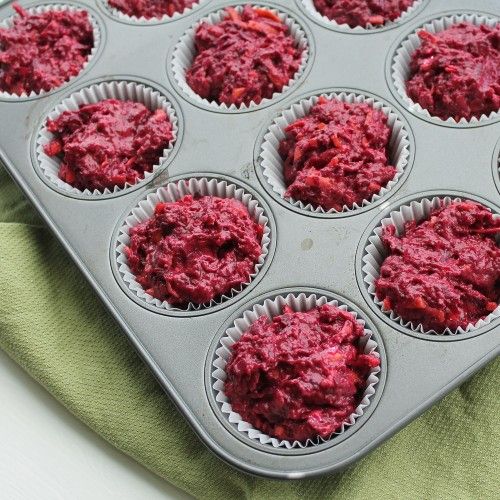 nine0009
nine0009
https://www.youtube.com/watch?v=Rlz-tmyXtuk
It is strictly forbidden to drink raw juice if the baby:
- Suffering from some kind of stomach disorder;
- Has kidney problems;
- Prone to diarrhea;
- Suffering from diabetes.
More recipes
Beetroot salad for children over 1 year old
From the age of 1, a child can be offered salads with beets, adding, for example, prunes to the root crop. The order of preparation of the salad is as follows:
- Soak prunes in boiling water;
- Boil one beetroot, peel it;
- Finely grate the beets;
- Cut prunes into thin pieces;
- Mix components;
- Fill the dish with sour cream.
Carrot (raw or boiled) or apple can be used instead of prunes in salad. Children after 1.5 years old can be given salads with raw beets. In addition to salads, you can include the root crop in various soups, stews and other dishes, make cutlets and pancakes from beets.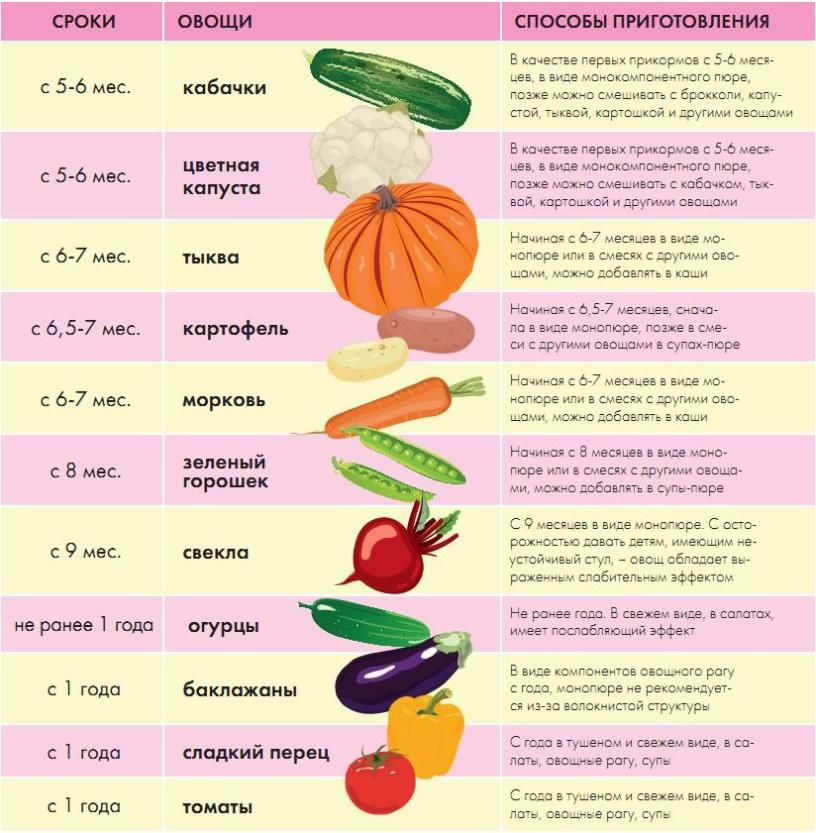 nine0009
nine0009
Oleg Sheinker, a professional chef and a young father, shows how to prepare a delicious beetroot salad for a child:
Beet cutlets
Delicious beet cutlets can be prepared to diversify the child's menu. The vegetable must be cooked until tender, peeled, twisted in a meat grinder, salted. For 100 g of the mass, add 10 g of butter, half the yolk, a spoonful of semolina, mix well. While stirring, boil the resulting mass a little until it thickens, then let it cool. Form cutlets from the mass, roll in breadcrumbs, fry. When serving with cutlets, sour cream is well suited. nine0009
Stewed beets
The recipe for another root vegetable dish is like this. Peel and finely cut into cubes 300 g of beets and 30 g of carrots, pour in a small amount of water, add a spoonful of vegetable oil, then wait for the water to boil, reduce the heat and close the saucepan with a lid.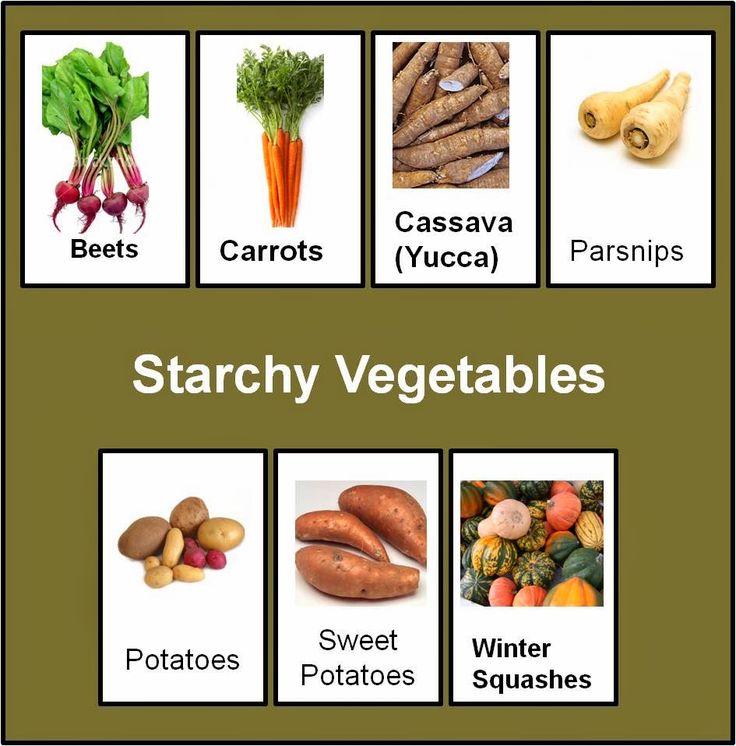 Periodically mixing the beets with carrots, simmer in a closed container for about an hour. Next, add 2 tablespoons of sour cream, a little salt and sugar to the vegetables, mix and continue to simmer for about ten minutes. nine0009
Periodically mixing the beets with carrots, simmer in a closed container for about an hour. Next, add 2 tablespoons of sour cream, a little salt and sugar to the vegetables, mix and continue to simmer for about ten minutes. nine0009
How to choose a good vegetable?
Home grown beetroot is the best choice for making baby food. Unfortunately, most of us have to buy the product in the store, and there are several recommendations for buying:
- Large beets always contain more harmful compounds than small beets.
- Buy only beets for baby food, which have a pronounced burgundy hue.
- The shape of a quality table vegetable is oval, rounded. There is fodder beet which has an oblong shape. nine0020
- If there are areas with rot, damage on the skin of a vegetable, you cannot take such a product. The whole skin should be strong, dense.
- A soft, flabby vegetable is also not worth buying, it should be firm and even.
Allergy to beets - is it possible?
Unfortunately, this root vegetable sometimes causes food intolerances and allergic reactions, which is why it is given to any child, starting with the smallest portion (half a teaspoon of puree) to check the body's response.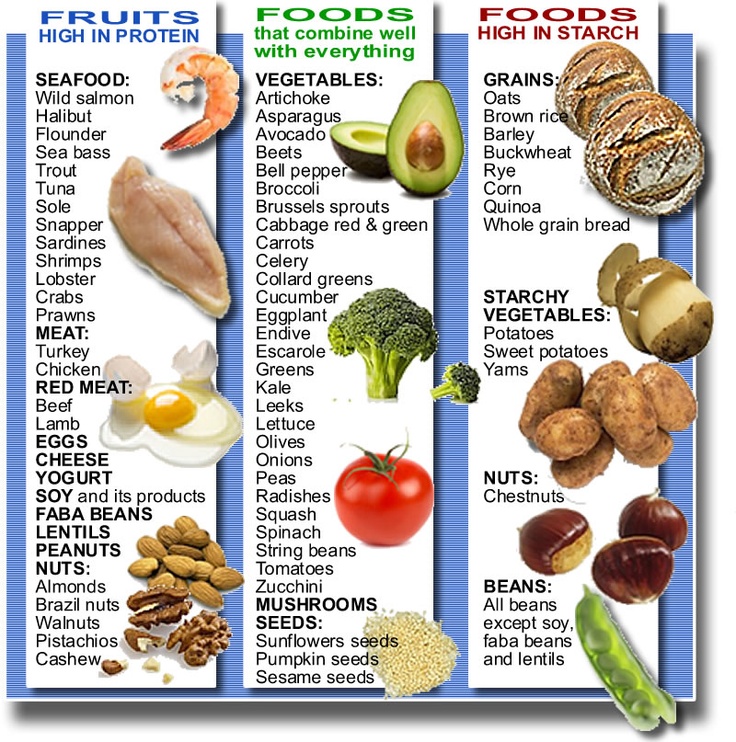 Beetroot juice is introduced into the menu literally drop by drop. If there are no signs of allergy within 72 hours, you can repeat the intake of beetroot juice or puree. nine0007
Beetroot juice is introduced into the menu literally drop by drop. If there are no signs of allergy within 72 hours, you can repeat the intake of beetroot juice or puree. nine0007
From forums
Months from 10 are definitely possible. But my son was allergic to it (or food intolerance, these are different things, but they look the same), and I no longer gave it to my daughter at all. She tried beets in the form of borscht already after a year.
Komarovsky has about the same plan - up to six months - only mother's milk or mixture, then we add kefir (from the dairy kitchen), then porridge or vegetables, first uncolored. Somewhere in parallel - an apple. After porridge (or vegetables) - vegetables (or porridge, depending on what came first). Then meat. Fish - not earlier than 10 months. Somewhere in this plan, I personally was guided. nine0008Beetroot is a healthy vegetable, beetroot contains a lot of iodine and iron, and beetroot is useful for anemia in children and constipation.
But I still would refrain from giving the child beets until 1 year old, due to the fact that beets cause diathesis. If you decide to give beets up to 1 year old, then in small portions and only boiled and watch the child, usually there are rashes on the face on beets. If your child already eats dishes from potatoes, broccoli, cauliflower, pumpkin porridge, boiled zucchini, and only after these vegetables should you start giving beets, if your child has not yet tried these foods, then you do not need to introduce beets into the diet. nine0008
Beets are very rich in fiber and at the age of 1 year, the child will digest beets better.If the child is allergic, then this vegetable should be approached with caution. Somehow they gave my ward beetroot salad and she poured it all out, but she didn’t have such a reaction to borscht. And in Soviet times, we mixed beetroot juice with carrot and apple juice. Of course, they didn’t give it in its pure form. At 8 months, they started giving.
And, thank God, the kids were healthy.
Conclusion
- Beets can be both good and bad.
- It must be introduced into the diet very carefully.
- According to the indications, you can start complementary foods with vegetables from 6 months.
- With the normal development of the child, his first acquaintance with the root crop occurs closer to 9 months.
- Babies with obvious signs of diathesis can eat beets only after a year.
- A boiled vegetable is healthier than a raw one. Boiled beets, unlike many other vegetables, are able to retain their main beneficial properties. nine0020
- For a child, it is necessary to carefully choose root crops.
- Beetroot is a folk-tested remedy for colds and stool problems.
We also read: Vegetable purees for the first feeding (3 recipes)
Beets - useful properties (Live healthy)
https://www.youtube.com/watch?v=5Womc427Unc
materials? Subscribe to our telegram channel or VKontakte group.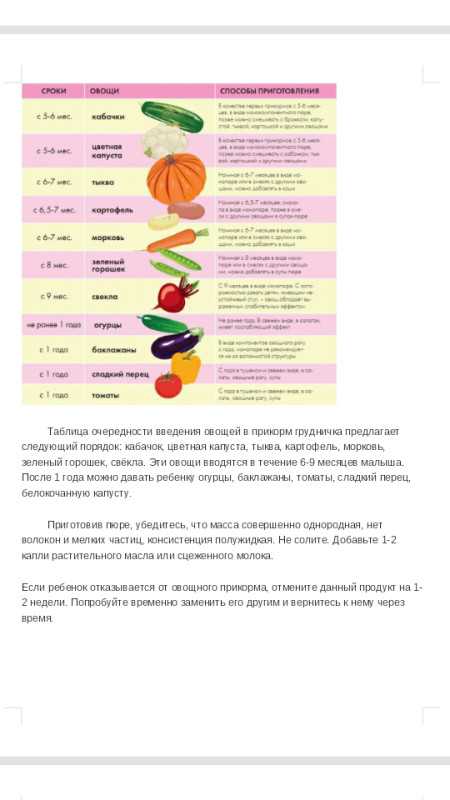
We are in Zen - join us! . I can’t imagine how you can cook vinaigrette, herring under a fur coat, beetroot without a red vegetable. Beetroot is a bright red, sweet vegetable that is rich in nutrients. It is rich in fiber, vitamin C and calcium, which are vital for the development of the child and the prevention of anemia in children and toddlers. nine0009
Table of Contents:
Beetroot is a root vegetable also known as red beet, table beet, garden beet, or simply beetroot. Filled with the goodness of nature, this little vegetable is the perfect blend of antioxidants, vitamins, and minerals. Beetroot is a root vegetable and belongs to beta vulgaris. Generally, vegetables of this species are mainly grown as edible root vegetables, which are rich in nutrition and low in carbohydrates. There are basically four types of beets: red, table, green, and golden. nine0009
History of the beetroot
Beetroot is a root vegetable, fleshy, round or elongated. Its sweet, spiced flesh is bright red in color. This vegetable was grown by the Egyptians, Greeks and Romans, but, at that time, only the leaves were eaten, and the root was used in medicine.
Its sweet, spiced flesh is bright red in color. This vegetable was grown by the Egyptians, Greeks and Romans, but, at that time, only the leaves were eaten, and the root was used in medicine.
The history of the use of beet roots dates back to the 19th century, where it was used to give red wine a deep burgundy hue. The Romans were the first to grow beets, and they have been used for a variety of medicinal and culinary purposes ever since. It was traditionally used to extract sucrose for commercial purposes, as it was the only vegetable with a high sugar content. nine0009
Benefits of beetroot in baby food
Beetroot in baby food is a very nutritious product for children. It plays a role in the healthy development of the child. Beets are also a unique source of phytonutrients called betanin, which provide antioxidant, anti-inflammatory, and detoxifying support for the body. This root vegetable is used to fight cancer, improve eye health, and protect against heart disease, making it one of the most nutritious vegetables on earth. Beets are pleasing to the eye, a fun canape for a child, and if you add green and white products, you will have a vinaigrette! nine0009
Beets are pleasing to the eye, a fun canape for a child, and if you add green and white products, you will have a vinaigrette! nine0009
Beetroot in baby food is a rich source of fiber, folic acid, vitamin B9, manganese, iron and potassium, etc. The health benefits of this vegetable are numerous and most of us have no idea what we can get by including beets in our daily diet. Cubes, strips, in a salad or borscht, the best feature of this vegetable is that it enhances the health of each dish. This magical root vegetable can prevent various diseases and boost immunity, which is the foundation of a healthy body and mind. nine0009
minerals and vitamins beetroot
beetroot helps lower blood pressure
Worldwide, high blood pressure has become a silent killer that leads to fatal diseases. Including beets in your diet can help maintain balanced blood pressure levels. Beets are a rich source of healthy nitrate, which naturally converts to nitric oxide in the human body, which can dilate blood vessels and lower blood pressure levels.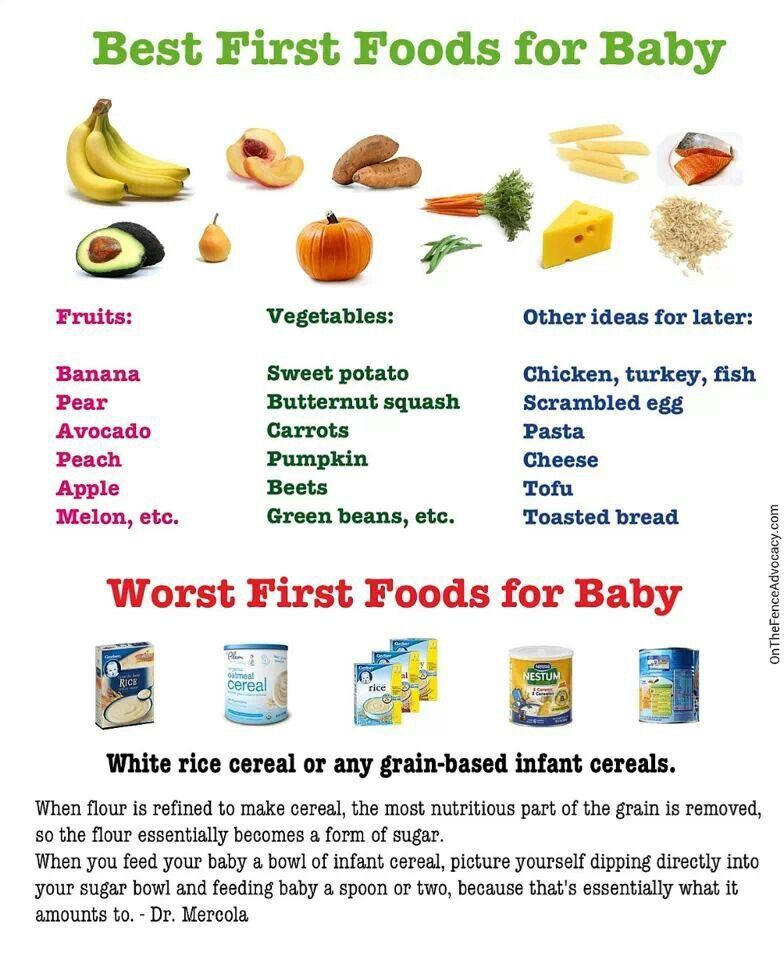 It is very effective for patients with hypertension. nine0009
It is very effective for patients with hypertension. nine0009
Beetroot juice helps in detoxification
Beetroot is known for its detoxifying properties that help remove all toxins from the body. Studies have proven that beetroot juice is effective in increasing the number of red blood cells, which improves stamina. So, let's try beetroot juice and cleanse the body of toxins.
Low fat and calories
Although beets are high in sucrose, their high fiber content makes them a good source of fat-free, calorie-free nutrition. Plus, plant-based calories are a healthier alternative! It is ideal for those who watch their body and can help in weight loss. nine0009
Good for diabetics
There is a common myth that beets are bad for diabetics because of their high sugar content. However, it is a myth that beets are enriched with fiber, potassium, manganese and iron, which, when combined with other foods, can provide complete nutrition.
Rich in antioxidants
Beetroot's spectacular color is due to the presence of betanin, which is an antioxidant.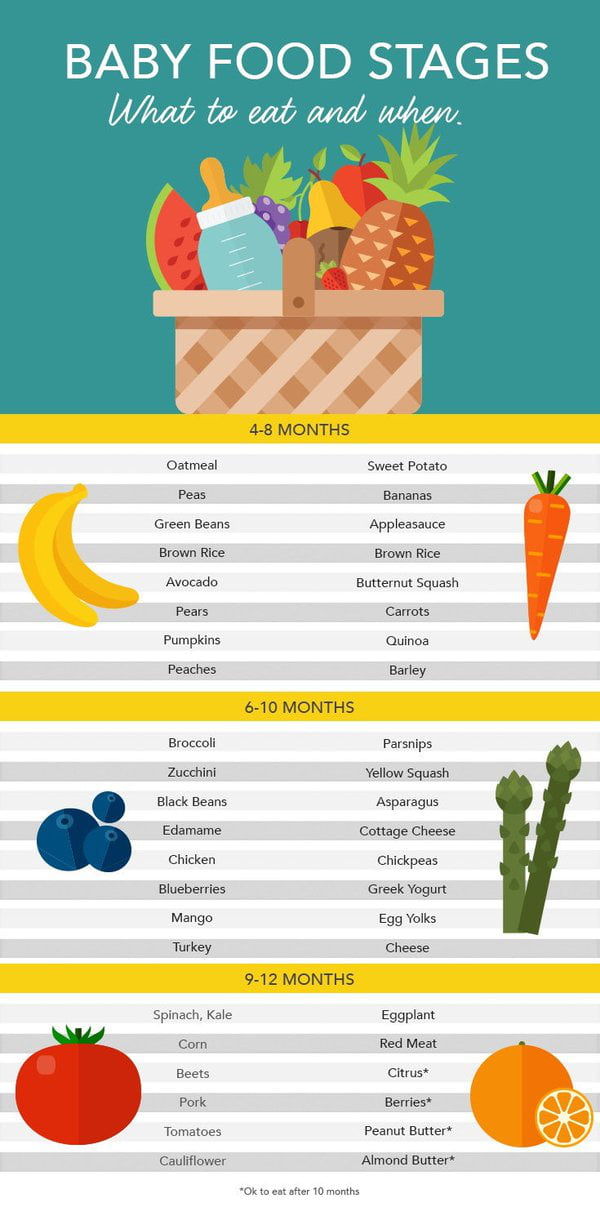 The pigmentation of this vegetable, along with other antioxidants known as polyphenols, has gained prominence in the recent past for important nutrients that help lower bad cholesterol levels. nine0009
The pigmentation of this vegetable, along with other antioxidants known as polyphenols, has gained prominence in the recent past for important nutrients that help lower bad cholesterol levels. nine0009
Beetroot contains vitamin C and potassium, which help build the child's immune system. The iron content in beets prevents anemia in children and infants. This root vegetable is rich in fiber, which is good for digestion and treats constipation in children. The content of carotenoids in beets contributes to the nutrition and growth of hair. It helps to improve blood circulation in the brain and body, which contributes to the healthy functioning of the brain in children.
Important - Betanin
The substance betanin in beets can turn a child's urine or stool red. The pigments in red beets are so strong that a baby's stools may turn pink to reddish in color 1-3 days after consumption, but there is no need to be alarmed as this is completely normal. nine0009
Beetroot is best introduced into baby food after 12 months.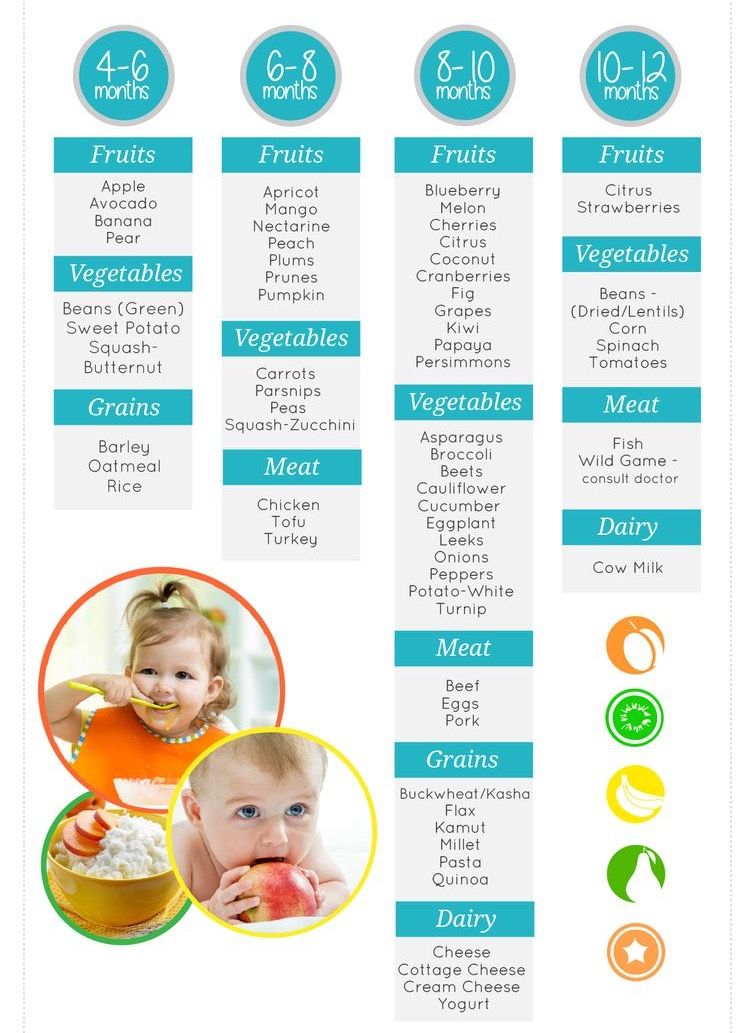 This is my personal opinion, in no way connected with pediatricians and scientists.
This is my personal opinion, in no way connected with pediatricians and scientists.
Some Russian pediatricians advise to introduce the child to beets after 8-9 months, if all less allergic vegetables are included in complementary foods.
American pediatricians suggest adding beets to complementary foods at the age of 8-10 months.
Beets are introduced into complementary foods like any new product. Beetroot puree is made, which is given first ¼ part of a teaspoon, then ½ part, then more. You need to be careful with beets, as a child may be allergic to it. nine0006 The first complementary food is only boiled.
Fresh raw beet roots or leaves can be given after 3 years in salads in a small amount of no more than 30-50 grams once a week. We give fresh salads only in the root crop season, choose small-sized fruits and fresh leaves. We choose sugar juicy and soft varieties so that the child can chew them. We introduce raw beets into complementary foods for 2-3 days as a new product, we start with the minimum portion, we look at the child's stool. In case of any incomprehensible reaction or changes, we cancel the introduction of the product into complementary foods. nine0009
We introduce raw beets into complementary foods for 2-3 days as a new product, we start with the minimum portion, we look at the child's stool. In case of any incomprehensible reaction or changes, we cancel the introduction of the product into complementary foods. nine0009
The daily norm of boiled beets in the diet of a child is about 30 grams up to 18 months, 50 grams up to 3 years of age, after up to 7 years you can give about 100 grams.
Pickled beets is given to a child after 6-7 years, I remind you, because of the marinade.
Beet juice can be given with great caution after 12 months.
Beet juice from 1 to 3 years old can be given up to 50-70 ml no more, we observe the daily portion of juice according to age. The juice is diluted with water. How is described below. nine0009
In Ruth Yaron's Super Nutrition for Your Baby. From 0 to 2 years. says that boiled beets can be given to a child after 9 months, raw after 10-11 months, but take into account the nitrates that may be in it.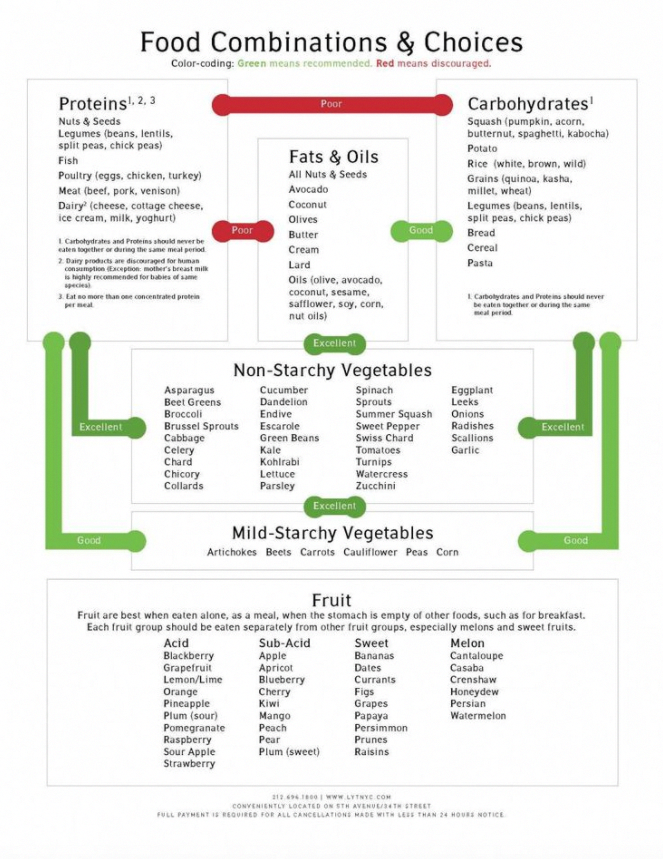 This book indicates that Russian pediatricians recommend introducing beets into complementary foods after a year because of the high likelihood of an allergic reaction.
This book indicates that Russian pediatricians recommend introducing beets into complementary foods after a year because of the high likelihood of an allergic reaction.
How much boiled beets per week? This is where opinions differ. Some write up to 3 years no more than 1 time per week, others write 1-2 times a week, and after 7 years you can give at least every day. nine0009
Parents decide on their own, look at the child's chair. If he is very weak with him, then giving beets more than 1 time per week is not worth it.
beet complementary foods
The real introduction of beets into complementary foods
And now I will write how most Russian mothers actually introduce their child to beets. Borsch!!! Yes, many mothers do not suffer from boiling beets, but simply give borscht a try without tomatoes. Half a spoonful for a child is a normal dosage for the first time, especially if the child responds well to other foods. Due to the fact that acquaintance with beets occurs in a multi-component dish, so I think the child should be more than 12 months old. After the borscht is introduced into the child's complementary foods, you can cook a children's vinaigrette, give the child a couple of salad cubes to try. nine0009
After the borscht is introduced into the child's complementary foods, you can cook a children's vinaigrette, give the child a couple of salad cubes to try. nine0009
It usually takes 2-3 days to get acquainted with pure boiled beets, after borscht. The child, in principle, is already familiar with beets, but caution does not hurt. Since the reaction may be to the amount of food. Those. the body coped with the minimum portion, but it can not cope with the maximum and the child pours out. Beets are allergenic, so be careful. Here you also need to take into account that the child may not like the beets at first, so the minimum portions will help you quickly adapt to the product. nine0009
The child's stool and urine after eating beets may change, become a little red and liquid (weaker than before, do not confuse with diarrhea), which is why I wrote above.
Beet allergy in a child
Beet allergy is an allergic reaction that occurs after contact with or ingestion of the root vegetable or its products.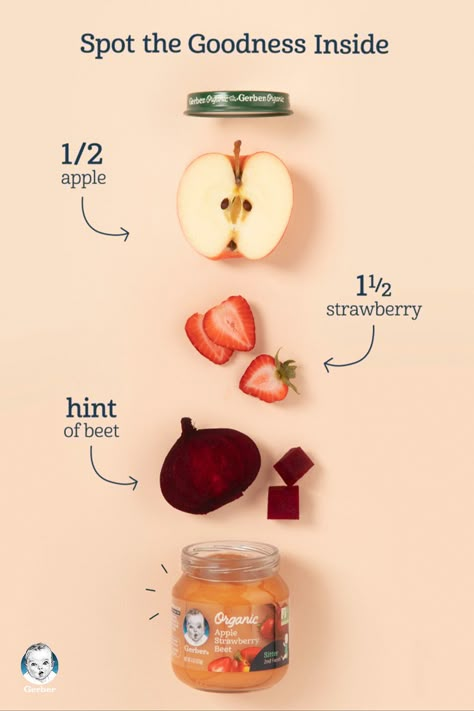 Allergy to beets is possible in some children. Allergy symptoms include rash, diarrhea, itching, hives, nausea, vomiting, chills, abdominal pain, runny nose, wheezing, swelling of the face, ear infection, watery eyes, red eyes, sore throat, and fever. For most people, symptoms are mild and go away easily, but the reaction can be more severe, leading to anaphylaxis, for example. Children, the elderly and people with diabetes are more prone to these allergic reactions than other people. nine0009
Allergy to beets is possible in some children. Allergy symptoms include rash, diarrhea, itching, hives, nausea, vomiting, chills, abdominal pain, runny nose, wheezing, swelling of the face, ear infection, watery eyes, red eyes, sore throat, and fever. For most people, symptoms are mild and go away easily, but the reaction can be more severe, leading to anaphylaxis, for example. Children, the elderly and people with diabetes are more prone to these allergic reactions than other people. nine0009
The first cause of allergy is consumption of beets, which include (cooked and raw) beet roots, leaves and sugar from beets.
A case of an allergic reaction caused by inhalation of steam from boiled beets has been reported.
If a person experiences severe cramps when eating beetroot, it may be due to a food intolerance to beetroot. This means that the digestive system cannot break down proteins, carbohydrates and sugars. Beets that are not digested are deposited in the colon, where they mix with intestinal bacteria, causing bloating, abdominal pain, or cramps. nine0009
nine0009
Diarrhea and constipation may also occur. Eating beets can cause increased gas production due to the fiber content in beets.
The body can also react to the high levels of nitrates in beets, which can lead to indigestion, diarrhea and vomiting. These symptoms may appear as early as 2 hours after consumption or 18-36 hours.
How to give beets?
Beets have become famous for their amazing health benefits. However, it is widely believed that cooking reduces the benefits of several vegetables. Here's how you should consume beets to get the most out of them:
* Although the nutrients present in beets are heat sensitive. However, long-term cooking at high heat reduces the amount of nutrients and antioxidants.
* It is a rich source of vitamin C, which is a water-soluble vitamin, but cooking destroys this vitamin present in beets.
* Most of the folate content of beets is lost when cooked at high heat.
* The best way to eat and benefit from this vegetable - eat it fresh and raw. However, children rarely like the taste, so it can be steamed or baked at a low temperature.
However, children rarely like the taste, so it can be steamed or baked at a low temperature.
* Grilling or roasting beets is another way to preserve the main nutrients of this vegetable. Removes sweetness and gives it a crunchy taste.
* Raw beets can enhance the flavor of sauces, juices and soups. When making soups, do not overheat the puree and add it at a later stage while the soup is cooking, this will not reduce the nutritional value. nine0009
How to choose and store beets
When choosing beets for baby food, we try to buy a fresh vegetable whenever possible. A medium-sized root crop is more tender and tasty than large beets. Many recommend completely bypassing beets if they are over 8-10 cm in diameter. Bigger is not better!!!
Select undamaged or intact beets, i.e. no cuts or rot. Beets come in a variety of colors including red, yellow and of course the famous purple. If possible, buy beets that still have green leaves attached, a fresher version.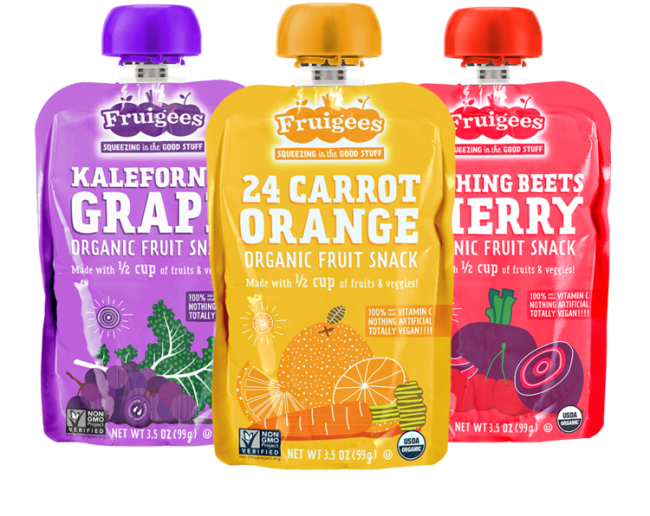 We do not look at the dirt on the vegetable, it is rarely sold beautifully washed and shiny. nine0009
We do not look at the dirt on the vegetable, it is rarely sold beautifully washed and shiny. nine0009
To store beetroot, remove the greens and then place in a bag and place in the vegetable drawer in the refrigerator. Beets will stay fresh for about 1-2 months. You can store in the refrigerator for up to 6 months, but keep in mind that the beneficial and taste properties are lost over time. In the cellar in the sand, the beets are stored longer and retain their taste too.
Nitrates and beets
Vegetables collect nitrates from the soil in which they are grown. Synthetic fertilizers can introduce nitrates into the soil, and some nitrates are formed naturally when bacteria in the soil break down certain components. While organic vegetables may have lower traces of nitrate from synthetic fertilizers, they will still contain naturally occurring nitrate from bacterial breakdown in the soil. nine0009
Beetroot is a root crop and has been assigned the status of a nitrate queen . Therefore, for baby food we use a boiled product and it is best to cut off the top and tail by about ¼. You can soak the beets for a while, changing the water several times.
Therefore, for baby food we use a boiled product and it is best to cut off the top and tail by about ¼. You can soak the beets for a while, changing the water several times.
But I read that nitrates in beets do not harm people in any way, and even help with lowering blood pressure. I do not know whether to believe or not these studies. Most importantly, keep an eye on your child. If the cheeks, palms turn red, the stool worsens, vomiting is most likely a reaction to nitrates in beets. We remove beets from the diet, give antihistamines or polysorb, we look at the situation. nine0009
Contraindications
For most people, adding more beets to their diet is healthy and safe, and side effects such as lowering blood pressure or antioxidant protection are helpful. Side effects from beets are rare, but be aware that some people have allergies to beets .
Another strange and potentially frightening side effect of eating beets is called beturia . According to Medical News Today, the dark red pigments in beets can make urine red or pink in about 10 to 14 percent of people. They can also turn dark reddish-black stools a day or two after eating it. nine0009
According to Medical News Today, the dark red pigments in beets can make urine red or pink in about 10 to 14 percent of people. They can also turn dark reddish-black stools a day or two after eating it. nine0009
Because beets are high in oxalic acid , they should be avoided if you are on a low oxalate diet. For some people, eating foods high in oxalates can lead to kidney stones.
Proposed way of consumption
Beetroot in complementary foods is best consumed boiled up to 3 years. Dishes at the beginning of the introduction of the product in baby food are chosen familiar to the family. If borscht and vinaigrette are often cooked at home, then we introduce these products. We take into account that it is better to give nuts to a child after 3 years, so we prepare a classic salad of beets and nuts without the last ingredient. It's time to learn right stew beets , a very tasty and healthy dish.
Remember, beets turn other foods red. Therefore, we use this fact in order to visually diversify the color of baby food. You can make red mashed potatoes, purple rice casserole, or red borscht. We show imagination, a picky eater can appreciate red dishes.
Therefore, we use this fact in order to visually diversify the color of baby food. You can make red mashed potatoes, purple rice casserole, or red borscht. We show imagination, a picky eater can appreciate red dishes.
Beets are ideal for steaming or roasting in the oven with spices. Steaming is indeed the best method for cooking root vegetables, especially if you need to use it for baby food. Steaming will make the beets softer and easier to puree. And vitamin A beta-carotene will be more bioavailable and easily used by the body. nine0009
It is better to cook beets in their skins, vitamins and minerals are preserved more, after boiling the skins are removed, they are not eaten.
Freezing beets
Can beets be frozen? Can. In the form of cubes and pieces. Store in the freezer for up to 3 months. But I don't see the point in doing it. Since beetroot belongs to the basic food products, i.e. a root crop that can be stored in the refrigerator for a relatively long time, that is, is there any point in freezing.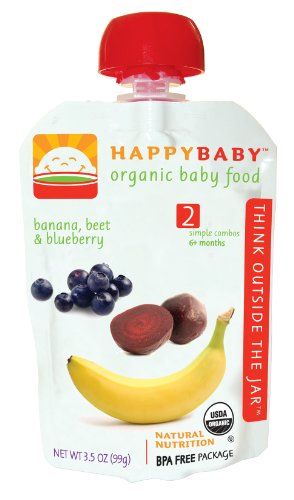
You can freeze beetroot for green cabbage soup. Freeze like regular greens. Washed, cut, dried, put in a bag and quickly frozen. nine0009
I only freeze the roast for borscht, where there is beetroot, to save time when cooking. Therefore, parents decide on their own to freeze or not to freeze beets.
The leftover beetroot puree is best frozen. Then you can put in mashed potatoes or casserole. A quick way to make a dish bright and colorful.
Beet juice
Everyone knows that beet juice is used as an additive to medicines because it is rich in vitamin A, potassium, phosphorus and chlorine. Its regular use increases the level of hemoglobin in the blood, improves immunity and normalizes the functioning of the heart. Beets can replace a whole set of medicines for our children! nine0009
Some children refuse to drink raw beetroot juice. In this case, boiled/roasted beet juice can be offered. Although heat treatment partially destroys vitamins and minerals, it also reduces the amount of harmful substances such as nitrates.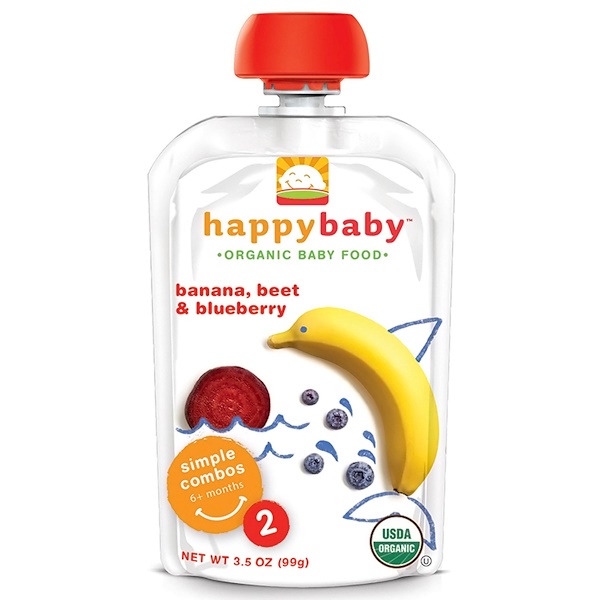 Do not peel before boiling.
Do not peel before boiling.
Freshly squeezed beetroot juice should be left for a couple of hours before drinking. Harmful substances will partially evaporate upon contact with air, plus the taste improves when the juice is settled. Beetroot tastes a bit bitter for a child's throat, and it can cause a cough. Therefore, I would advise mixing beetroot juice with apples or carrots. nine0009
Making beetroot juice is easy. We take small root crops, wash, clean, cut into pieces. Then either in a juicer or in a blender.
After the juicer, dilute and drink. Strain through cheesecloth after blender.
Any juice given to a child after 12 months must be diluted 1:1 with boiled water. Beet juice also needs to be diluted. The daily norm of juice after 12 months is about 50-70 ml, which was diluted with water. This will be safer for the stomach. We introduce the child to beetroot juice after getting acquainted with the product, since the reaction to fresh juice may be stronger than to boiled beets. Give no more than 1 time per week. nine0009
Give no more than 1 time per week. nine0009
How to cook beetroot
Beetroot can be baked, boiled or steamed and then peeled and mashed. Please note that it takes time to cook beets:
Steamed: is great for preserving nutrients, but it takes time, it takes about 60 minutes, depending on the size of the root.
Boil: Boil beets for two hours (regard size). The peel is easily removed, and vitamins are better preserved in whole beets. nine0009
Bake: thoroughly wash, peel, cut into pieces, put on a baking sheet and bake at 200 ° C for 30-40 minutes - the more beets, the longer the baking time.
Preparing the puree: After cooking the beets, remove the peel under cold running water. We beat with a blender. Beetroot puree will keep in the refrigerator for 2 days.
Finger food and beetroot
Beetroot is ideal for finger food. It is usually introduced into complementary foods after 12 months, when the child already eats pieces of food well.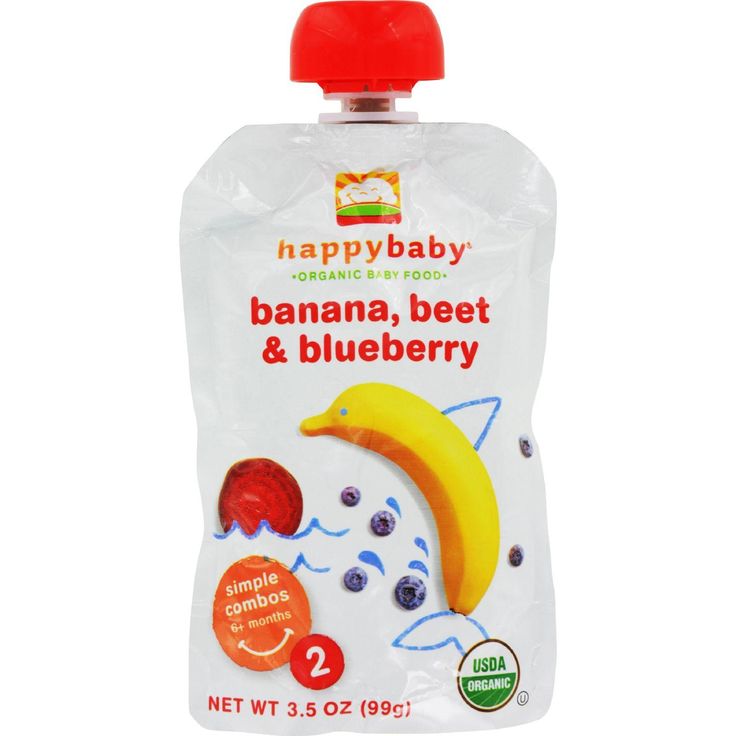 We just cut the boiled beets into cubes and offer the child. You can cook a children's vinaigrette, then the baby will have a large selection of products that he wants to try. nine0009
We just cut the boiled beets into cubes and offer the child. You can cook a children's vinaigrette, then the baby will have a large selection of products that he wants to try. nine0009
Please note that beetroot cubes should be small so that the child does not choke. The younger the baby, the smaller the size of the cube. I remind you that the child’s trachea is small and round, the product can get stuck easily and simply, therefore, when offering finger foods, we sit next to the child or so that he does not run with food in his hands. Choking on the run is easy. We observe safety when eating in pieces.
Ready-made baby food from beetroot
There is very little baby food with beetroot, but it is found. Surprisingly, there was tea with beets, of course, a small amount of the root crop in the total composition. Perhaps there are some other baby products with beets on sale, write, I will add. However, I am glad that in industrial production, beets are found in complementary foods.